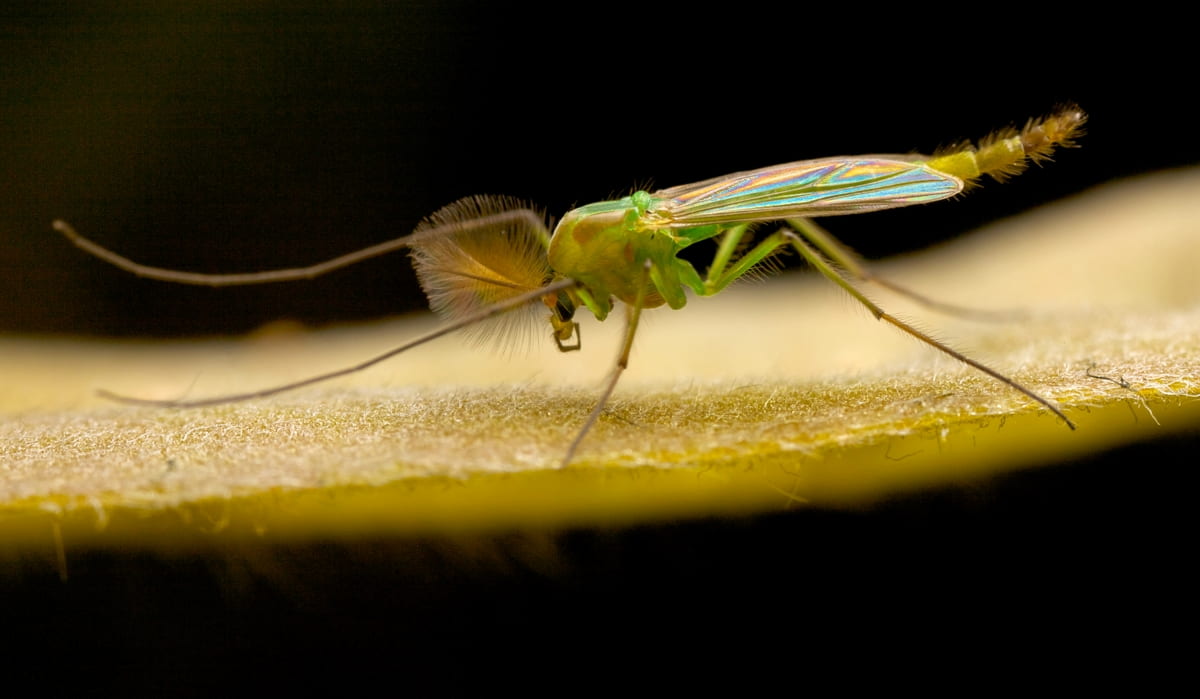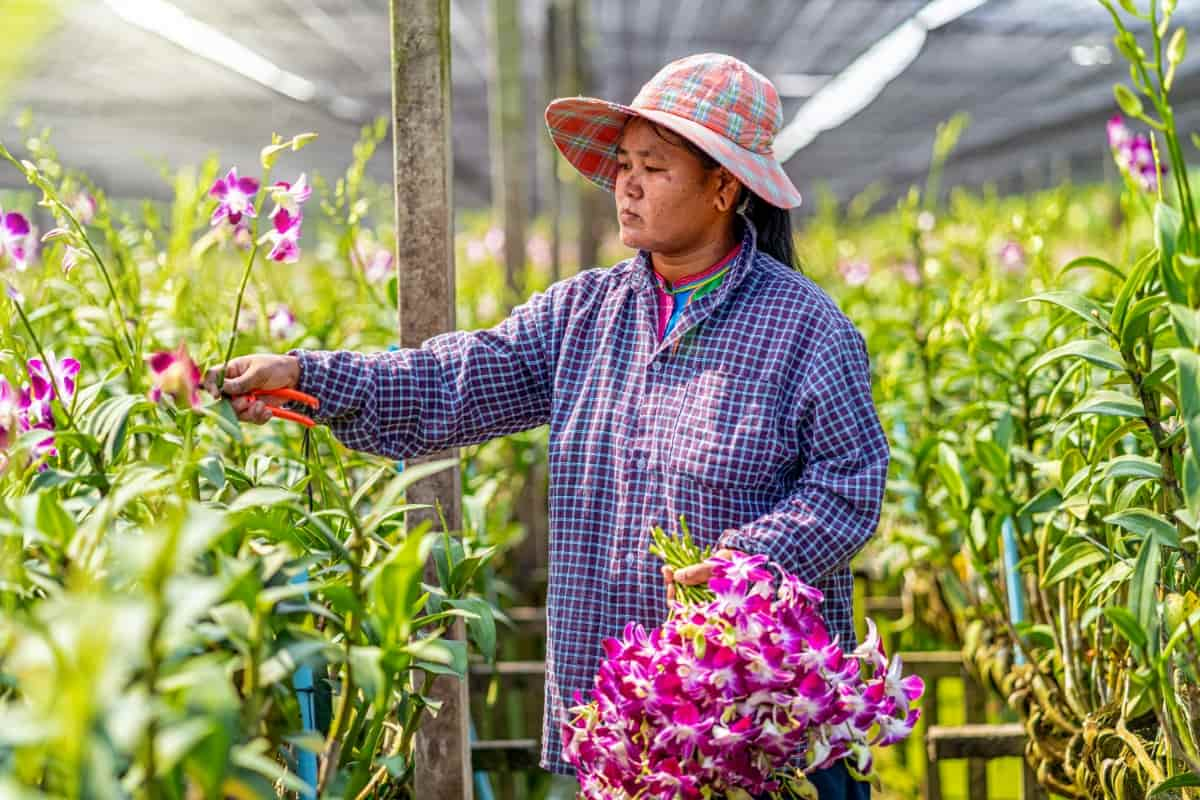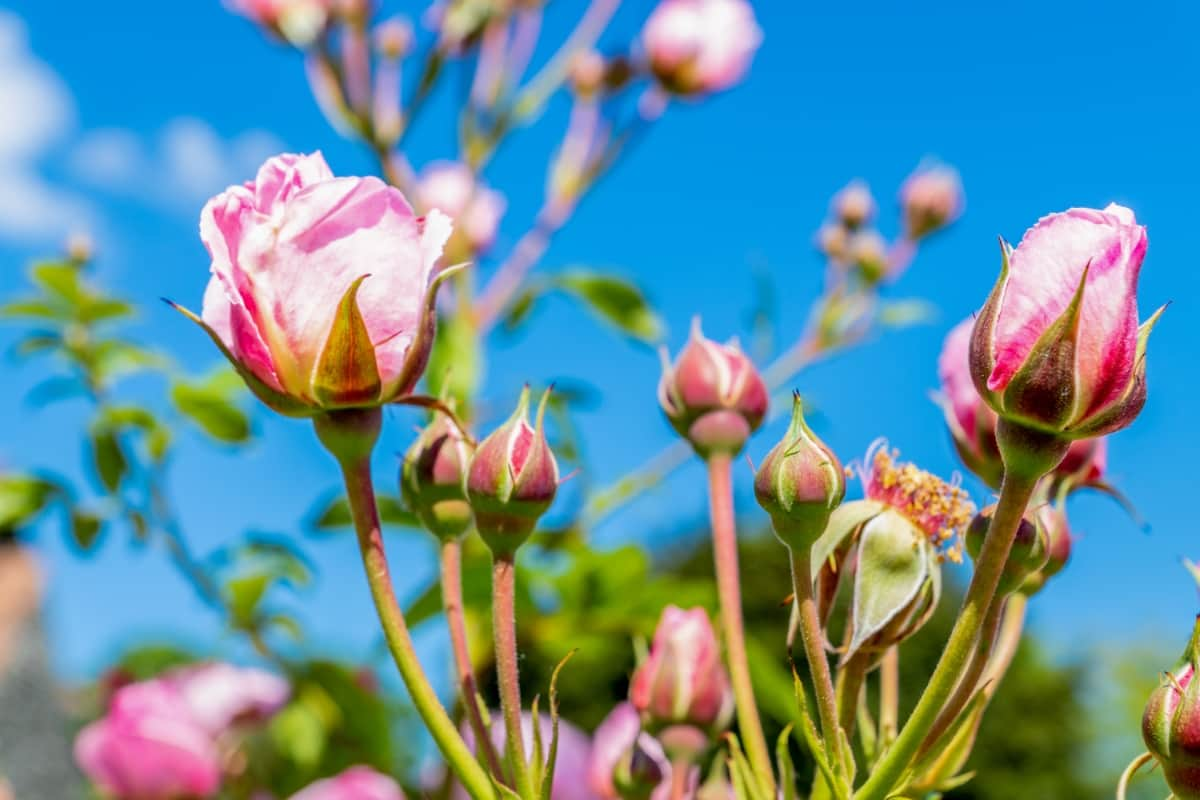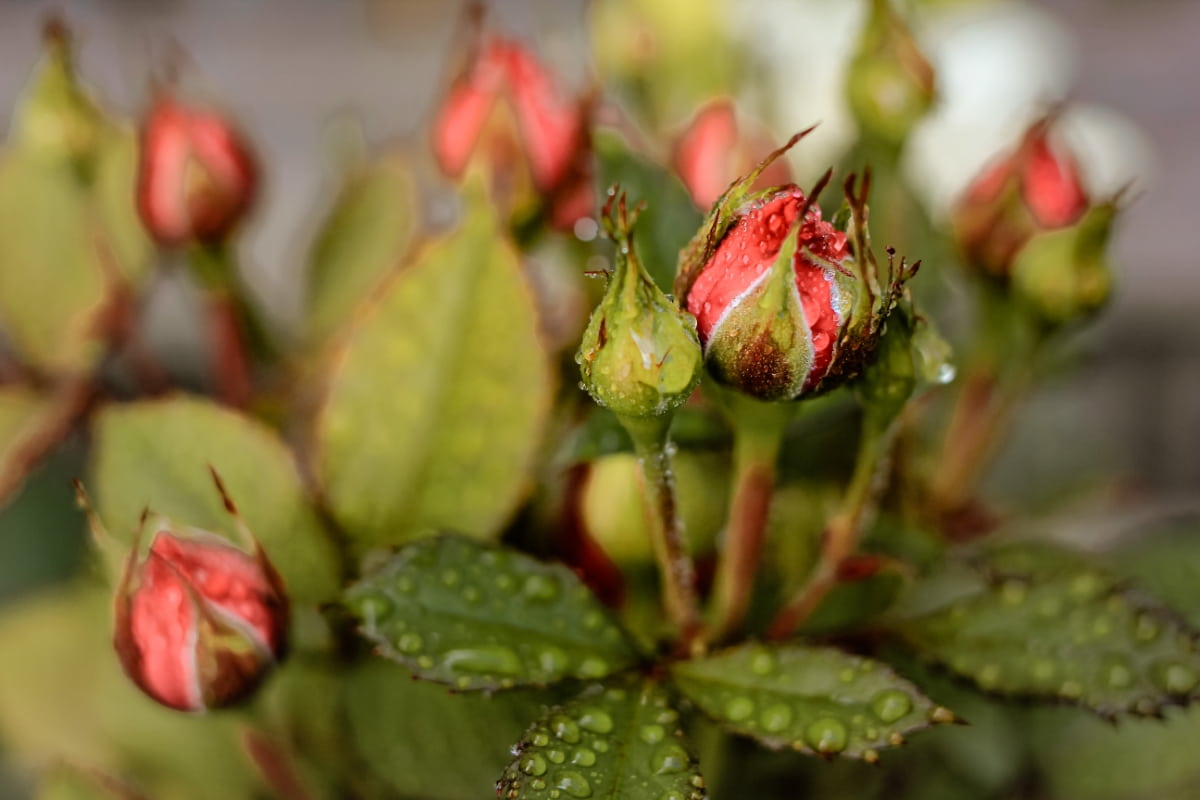Blossom midge damage typically manifests as distorted or stunted flower buds in plants, particularly noticeable in orchids. Affected buds may fail to bloom or exhibit abnormal growth patterns, often accompanied by discoloration or blackened areas. Inspecting closely, you might find tiny maggots within the damaged buds, indicating the presence of midges.
Lifecycle of the Blossom Midge
The lifecycle of the blossom midge begins with adult females laying eggs near developing flower buds. Upon hatching, larvae feed on the buds, causing damage. Larvae then pupate in the soil before emerging as adults to continue the cycle. This process usually repeats multiple times within a growing season.

How to Control Blossom Midge in Plants
Initial Steps for Infestation Control
Inspection and Identification
Begin by closely inspecting for signs of Blossom Midge in plants. Look for distorted or stunted flower buds, discoloration, and any visible presence of tiny maggots within the buds. Proper identification of the pest is crucial for implementing effective control measures. Once identified, take prompt action to prevent further damage.
Immediate Isolation of Affected Plants to Prevent Spread
Upon identifying Blossom Midge infestation, immediately isolate affected plants from healthy ones for Blossom Midge damage prevention. Place them in a separate area or quarantine them indoors if possible. This step helps contain the infestation and minimizes the risk of spreading to other plants in your garden or greenhouse. Regular monitoring of isolated plants is essential for effective control.
Chemical Treatment Options
Selecting the Right Insecticides for Blossom Midge
Choose insecticides specifically formulated to target blossom midges while being safe for the plants and environment. For chemical control of Blossom Midges, systemic insecticides, such as imidacloprid or acetamiprid, are effective against midge larvae within the buds. Contact insecticides like pyrethroids can be used to target adult midges. Always read labels and follow instructions for proper application and safety precautions.
Application Techniques
Apply insecticides during the early morning or late afternoon when midges are most active. Use a fine mist sprayer to ensure thorough coverage of flower buds and surrounding foliage. Repeat applications as necessary according to the insecticide’s instructions and monitor for effectiveness. Avoid spraying during windy times to prevent drift and ensure the treatment reaches its target effectively.
Organic and Natural Control Methods
Neem Oil
Neem oil, extracted from the neem tree’s seeds, serves as a natural insecticide and repellent against blossom midges. As one of the organic solutions for Blossom Midge, it disrupts the midge’s lifecycle by inhibiting feeding and egg-laying activities. Dilute neem oil as per the package instructions and apply it to affected plants, ensuring thorough coverage of buds and foliage. Regular applications, especially during peak midge activity periods, can effectively manage infestations.
Beneficial Insects
Beneficial insects for Blossom Midge control include web-spinning spiders and ants. These beneficial insects feed on midge larvae or eggs, reducing infestation levels. Encourage their presence by planting companion plants that attract them or purchasing them from reputable suppliers. Implementing diverse and balanced ecosystems in your garden promotes natural pest control mechanisms, minimizing the need for chemical interventions.
Cultural Practices to Deter Infestation
Proper Watering Techniques
Maintain proper watering practices for preventing Blossom Midge infestations. Water plants at the base rather than overhead to avoid creating moist conditions that attract midges. Ensure soil moisture remains consistent but not excessively wet, as overly damp soil can promote midge breeding. Use drip irrigation or soaker hoses to directly deliver water to the root zone while minimizing moisture on foliage, thus reducing the attractiveness of plants to midges.
Soil Management and Hygiene Practices
Practicing good soil management and hygiene for eliminating Blossom Midges in flower buds. Regularly remove fallen leaves, plant debris, and weeds from the surrounding area, as these can harbor midge larvae and provide breeding grounds. Maintain adequate soil drainage to prevent waterlogging, which favors midge proliferation. Consider applying mulch to the soil surface to regulate moisture levels and discourage midges from laying eggs near plant roots.
In case you missed it: Sorghum Midge Management in Sorghum: Symptoms, Treatment, Chemical, Biological, Natural, and Organic Control

Physical Controls and Barriers
Using Fine Mesh or Netting to Protect Flower Buds
Employ fine mesh or netting as a physical barrier to shield flower buds from blossom midge infestations. Cover susceptible plants with the mesh, ensuring it is securely anchored to prevent midges from accessing the buds. This barrier effectively blocks adult midges from laying eggs on the buds while allowing airflow and sunlight penetration.
Sticky Traps for Reducing Midge Populations
As DIY Blossom Midge treatments, deploy sticky traps strategically to reduce blossom midge populations in your garden. Place these traps near infested plants or in areas where midges are active, such as near flowering vegetation. The sticky surface of the traps captures adult midges, preventing them from laying eggs and contributing to infestation. Regularly monitor the traps and replace them as needed to maintain their effectiveness.
Botanical and Biological Treatments
Bacillus thuringiensis (Bt)
As one of the natural remedies for Blossom Midges, Bacillus thuringiensis (Bt) effectively controls Blossom midges. Bt produces toxins that target the digestive systems of certain insects, causing their demise. When applied to plants, Bt formulations specifically designed for controlling midges can effectively manage infestations without harming beneficial insects or the environment. Bt treatments are most effective against midge larvae and can be integrated with other control methods for comprehensive management.
Plant Extracts and Essential Oils
Certain plant extracts and essential oils possess insecticidal properties for Blossom Midge control. Extracts from plants like neem, garlic, and pyrethrum contain compounds that disrupt midge feeding and reproduction. Diluted Blossom Midge safe insecticides like peppermint, rosemary, and clove can also act as natural insecticides when applied to infested plants. Utilize these effective Blossom Midge repellents by preparing solutions according to recommended concentrations and applying them to affected areas.
In case you missed it: How to Deal with Blossom End Rot in Peppers and Tomatoes: Prevention and Control

Preventive Measures for Long-Term Control
Crop Rotation and Diversity
Implementing crop rotation and diversification practices is one of the treatments for Blossom Midge in orchids. Rotate susceptible plants with non-host crops to disrupt the midge’s lifecycle and reduce its buildup in the soil. Additionally, diversifying the plant species in your garden or agricultural fields can decrease the attractiveness of your crops to midges, making it less likely for infestations to occur.
Regular Cleaning of Debris and Dead Plants
Midge larvae often reside in fallen leaves, plant debris, and decaying organic matter, providing breeding grounds for future generations. By promptly clearing away such materials, you eliminate potential habitats for midges and disrupt their lifecycle. Maintain cleanliness in and around your garden or agricultural fields to reduce the likelihood of midge infestations and promote overall plant health. Regular sanitation practices are vital for long-term control and preventing Blossom Midge infestations.
In case you missed it: How to Prevent Blossom End Rot: Causes, Identification, Symptoms, and Treatment

Conclusion
Controlling blossom midge infestations in plants, especially delicate orchids, demands a multi-faceted approach. Each method plays a crucial role in achieving effective long-term management. By integrating preventive measures, biological controls, and diligent monitoring, orchid enthusiasts can safeguard their prized blooms, ensuring lasting health and vitality in their floral displays.
- Deworming Schedule for Dogs/Puppies: A Beginners Guide
- How to Prevent and Control Parasites in Goats
- Beneficial Insects in Pest Management
- Natural Solutions for Pest Control in Flower Gardens
- Types of Fungicides Used in Agriculture
- Common Issues in the Fruit Development Stage of Pomegranate Farming
- Fruit Development Issues in Papaya: Easy Solutions and Treatment
- Soil-Borne Diseases and How to Protect Your Plants
- Practices to Prevent Disease Spread in the Garden